How to turn your house into a podcast recording studio…on the cheap
You don’t need to hire a professional studio or set up an expensive voice-over booth to record high-quality podcast audio at home.
In fact, sometimes all you need to do is draw the curtains…
Want help starting your podcast? Download my FREE ‘How To Start A Podcast’ guide.
Make your space recording-friendly
If you want to record high-quality audio one of the most important things to think about is where you record.
Reflective surfaces are the enemy of good audio so you want to avoid rooms with tiles, windows or high ceilings.
Recording in an echoey space not only makes you sound further away from your audience (and intimacy is important in podcasting) it also makes your show harder to edit.
Especially if there’s more than one person talking.
When you’re recording around tiles or glass, the sound of your words bounces off those reflective surfaces so you end up with an audio “tail” at the end of everything you say.
This can make editing a nightmare because you can’t get a clean cut.
There are things you can do to the audio to clean it up when you’re editing but the more processing you do to your recording the more natural warmth you take out of your voice.
And that’s not a good thing.
Ideally, you want to record somewhere that’s going to give you the best quality audio in the moment and that’s somewhere where the sound can be absorbed into the surroundings rather than reflected off it.
Setting up your space doesn’t have to be difficult
In my old office, I had the trifecta of audio grief – high ceilings, floor-to-ceiling windows and hardwood floors.
To combat this I build my own mini-voice-over booth because my mic had to be hidden in a tiny cushiony cave to make it sound like I wasn’t recording on the toilet.
I built a (very unattractive) voice-over booth out of a cardboard box, some mattress underlay and just about every towel I could find in my house…
I’ve since moved to a new place that’s much more audio-friendly. It has curtains, carpet and softer furnishings so my microphone doesn’t need the industrial-strength protection it did before.
These days I can get away with using three large couch cushions that I arrange around my microphone – two on the sides in a triangle and one on top.
This gives me an enclosed space that absorbs the sound so you’d never know I was recording in my bedroom.
Listen to everything as you record
If you want to make sure you’re recording audio that sounds good you have to listen to it in the moment.
This will help you work out whether the room is too echoey, if you’re popping into the microphone when you speak, or if there are any distracting sounds in the background like an air conditioner.
If you adjust these things in the moment rather than hearing them for the first time in the edit you’ll save yourself a lot of hassle.
Don’t let your space stop you from getting started
When you’re starting out it’s easy to think you won’t be able to record high-quality audio at home but you absolutely can.
A lot of podcasters record in their closet, surrounded by clothes so it doesn’t have to be glamorous to get the job done.
You just need somewhere with soft furnishings rather than hard surfaces to make sure the audio you’re recording sounds as good as it possibly can.
And the great thing about podcasting is no one can see how you make the show.
So, as long as it sounds good, that’s all that matters.
Case in point…
🎙️ Want to start a podcast but feeling overwhelmed?
Grab my free “How To Start A Podcast” guide or get step-by-step support inside my online course, PodSchool.
Got a question about podcasting? Send it my way so I can answer it on the podcast!
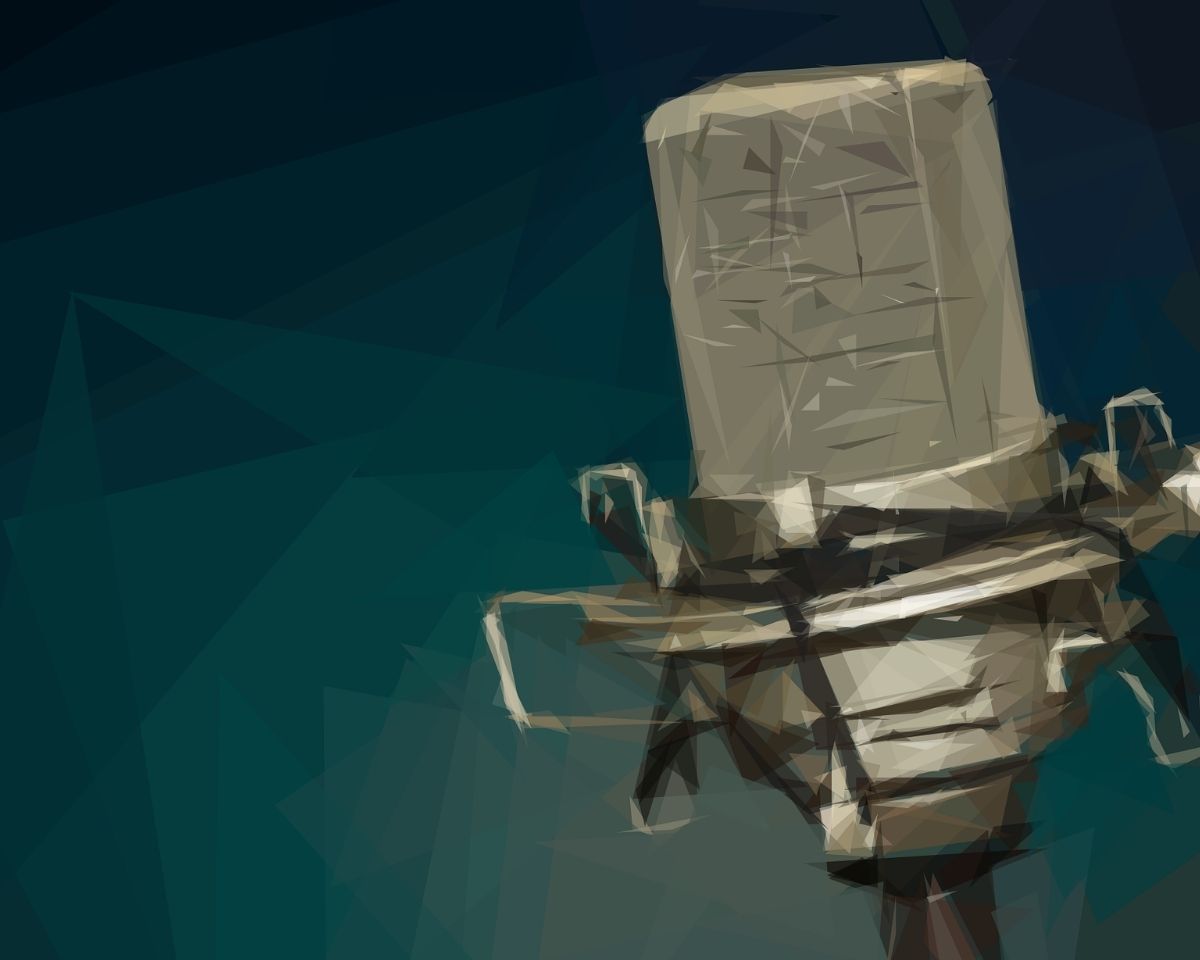
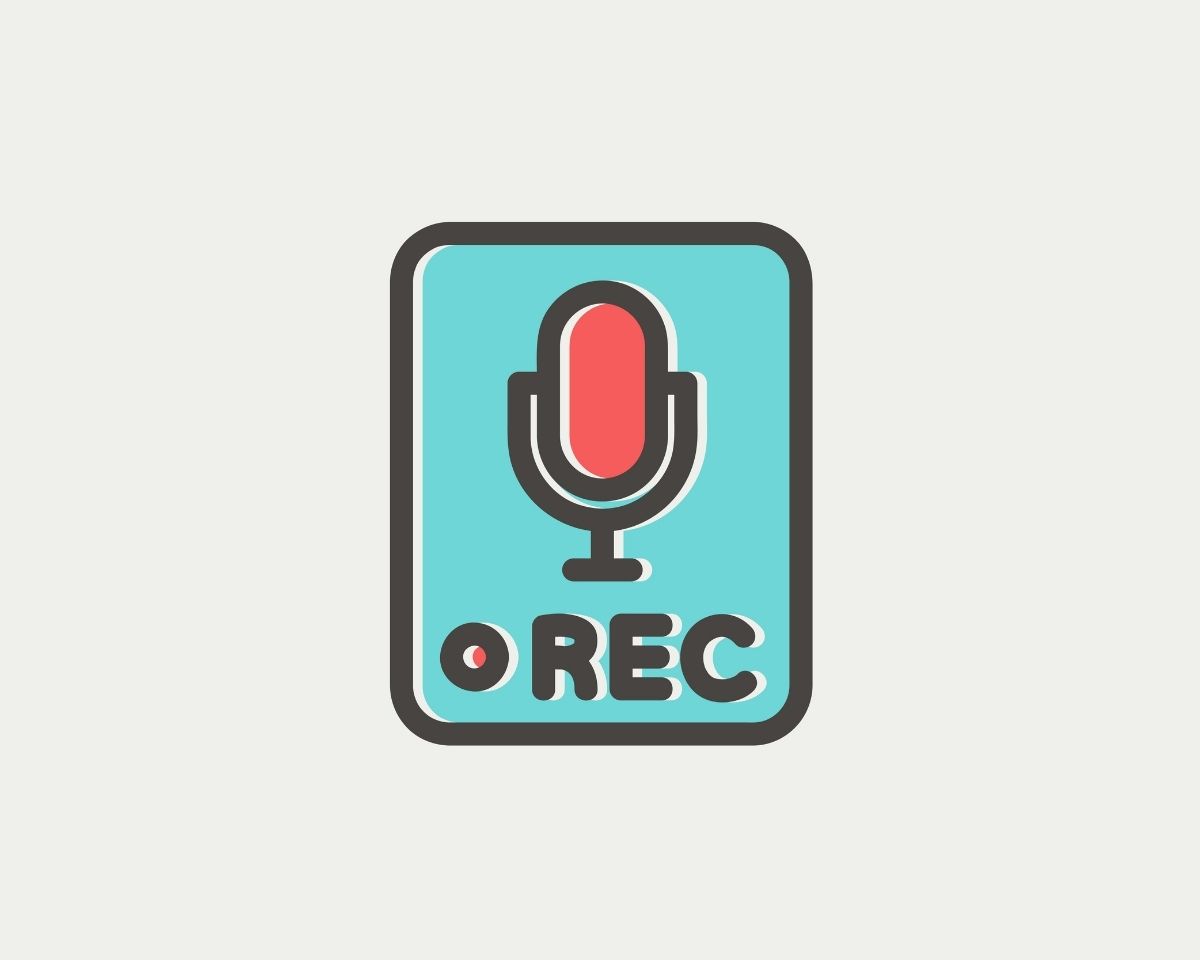
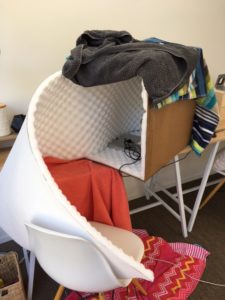

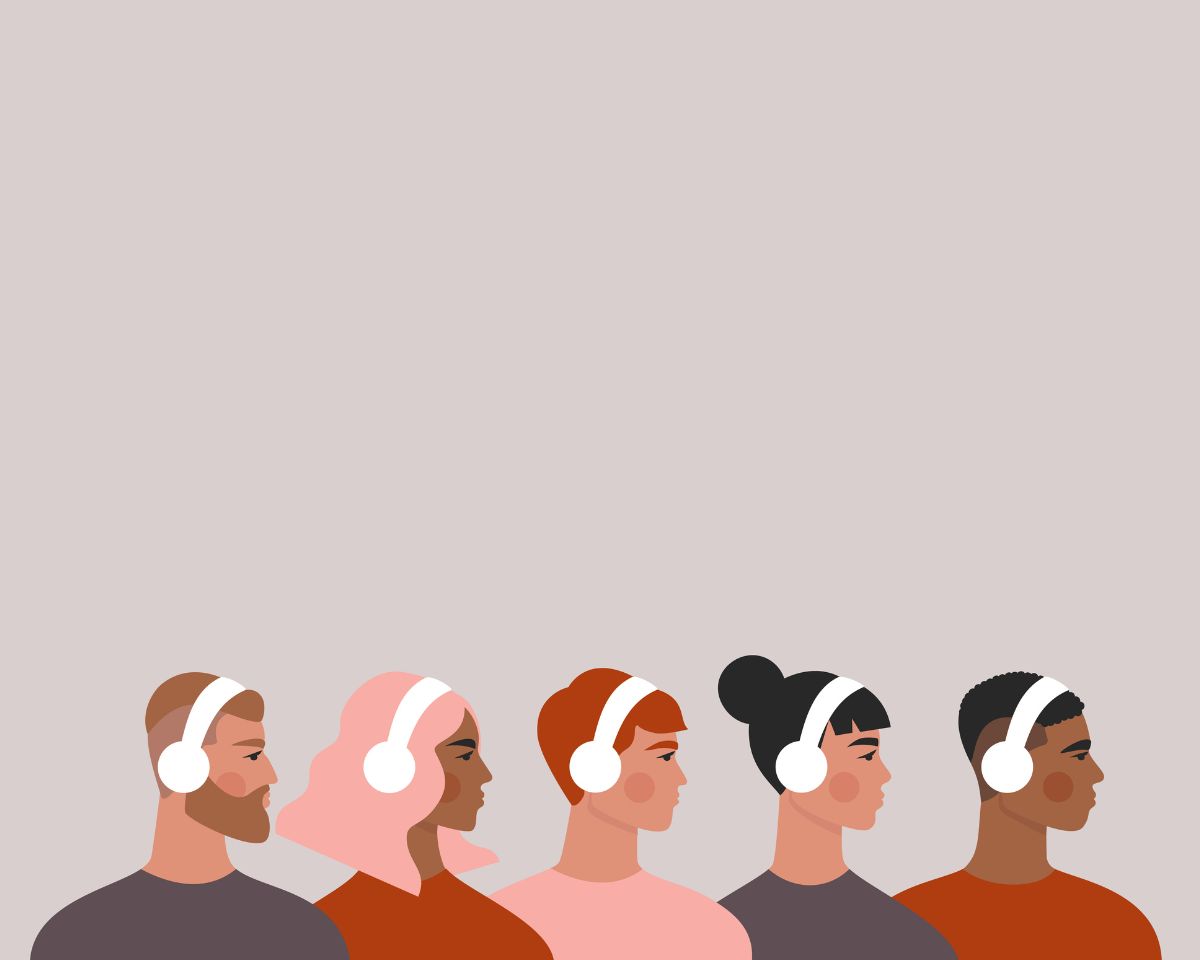
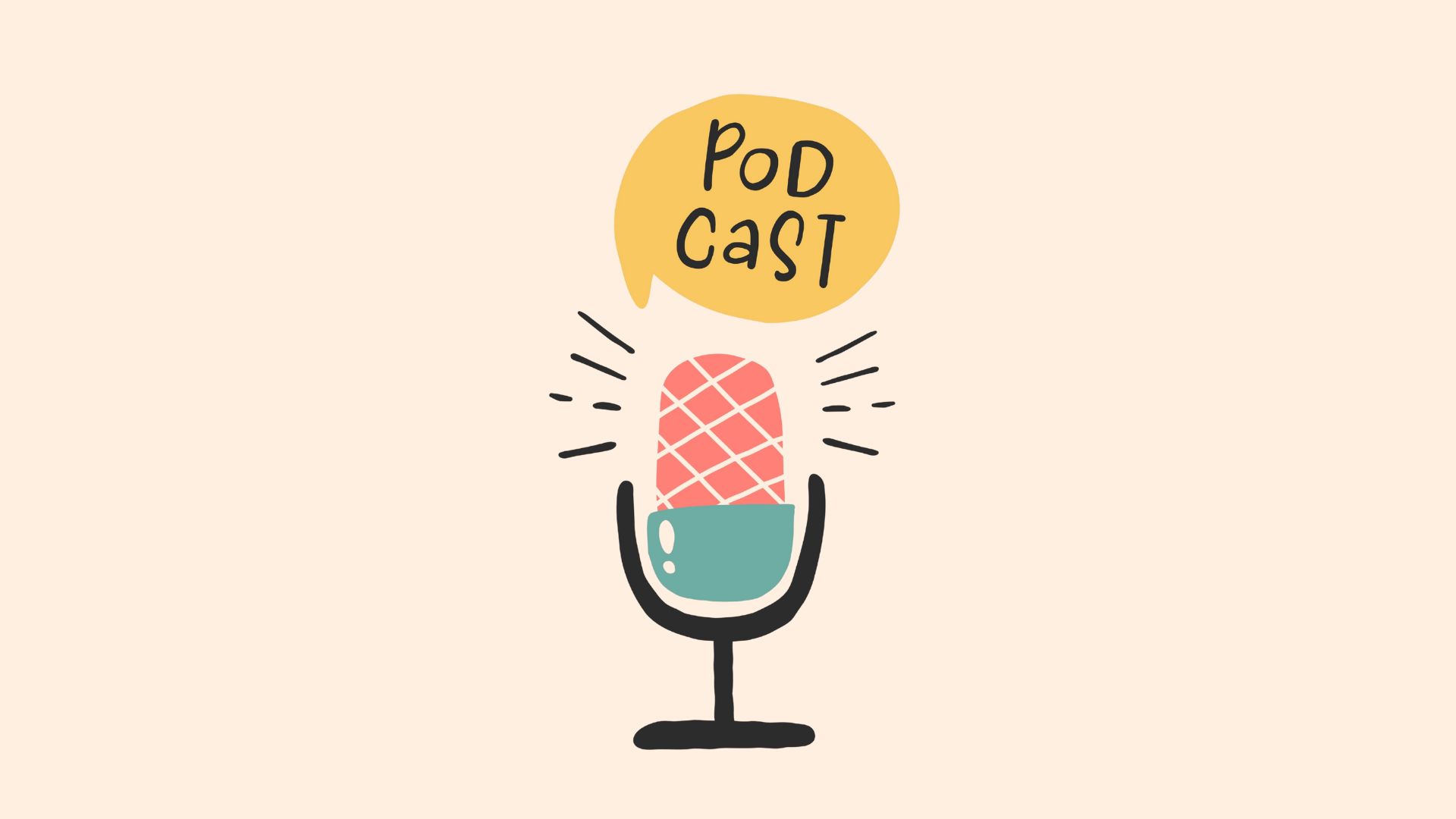



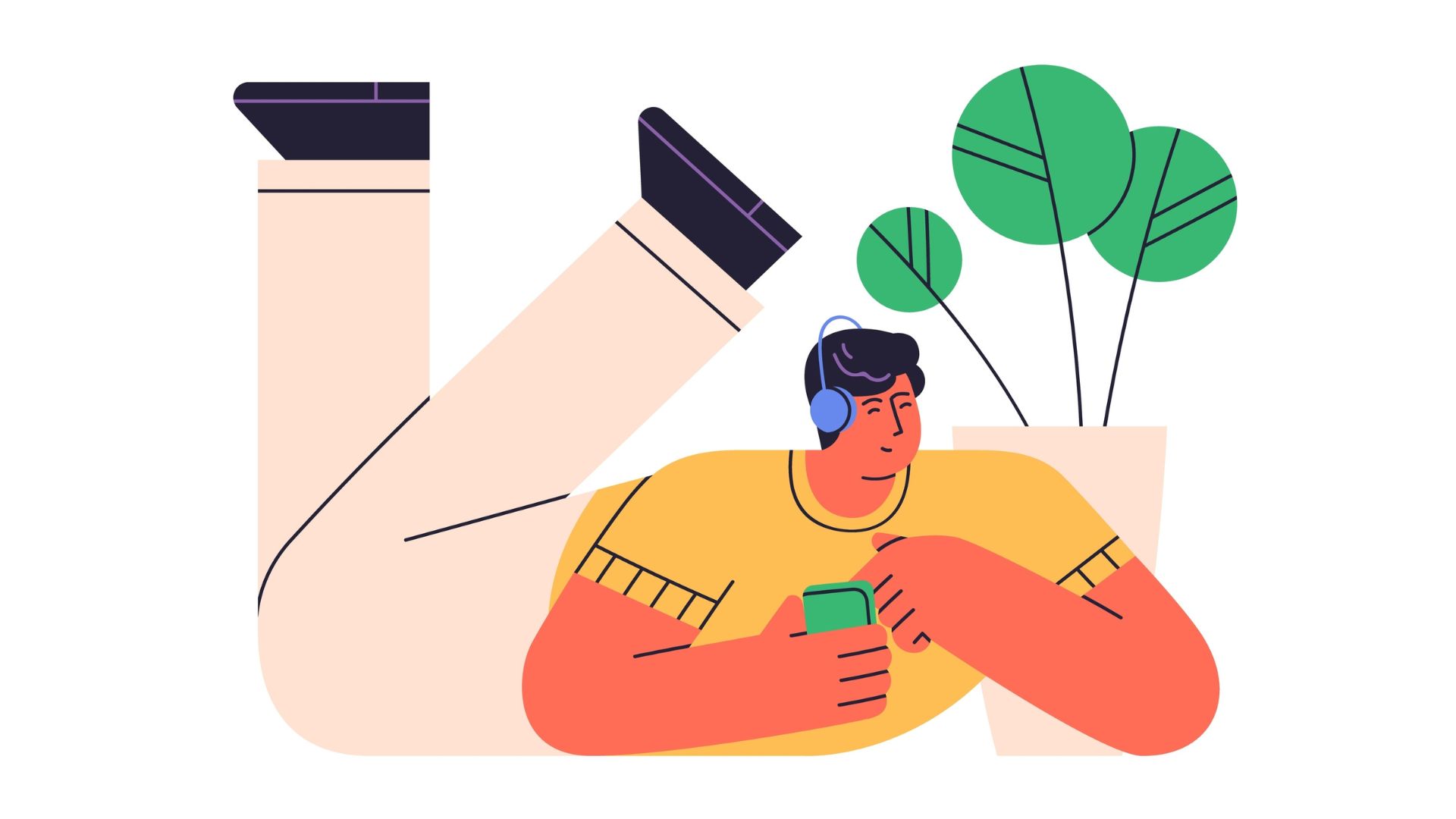



9 Responses
Hi Rachel,
After a year of bouncing around in various spaces. Car, Bedroom etc, I finally cleared out a wardrobe and have dedicated it to all things media. The shelves above are filled with my camera, spare mics etc. The shelves below contain all the variety of charging points and power for Computer, Phone, Rode devices Battery Packs etc. So Right in the middle space is a perfect size to house my Rodecaster Pro, NoteBook, Ring Light, Mic and Mic Arm.
All 5 sides have been fitted with some affordable soundproof foam, and I just sit with the doors on either side and record directly into the cavity lined with foam. Cost around $80 AUD, and I cleared out a heap of junk and all my cables gear etc are not contained in the wardrobe. Everything is packed out of sight when not in use. All the best.
What an awesome set up!
So I thought I would weight in on this topic. Most mics do not have much sensitivity in the back or the sides but the do in the front. If you test your mic by recording from the front of the mic and turning it slowly around you will know where the sensitive portion of the mic is.
More then likely your mic is 80% focused from the front, which makes a DYI recording box relatively ineffective. Most of the reverb or eco effect is created from behind you. There are some super easy cheap solutions to this problem.
The cheap solution is a Packing or Moving pad that is used for protecting furniture. Put it up behind you with about 4-6 feet of stand off and you will be very surprised on how little reverb you will pick up on your raw recordings. I will often use a rolling desk with and place it so my back is facing the corner of a room and then simply hang the pads up behind me on almost invisible white nails at the top of the wall and boom! Problem solved.
Thanks for the tip, Don! A great suggestion. I always record with something soft behind me if possible…or just shove my head into the pillows on my bed which ain’t pretty but it does the job when I’m in a bind. Rach
Great tips! Can you recommend a good value microphone? And editing software?
Hey Eloise. This should help with your microphone questions…https://rachelcorbett.com.au/podcast-microphone/. And for editing, I recommend Adobe Audition. Rach
A car parked in a quiet area can come quite handy.
– Jan
I’ve struggled so much for days now on how to fix the annoying echoes when I record. I’ve actually been considering buying an audio booth… They don’t come cheap. Thank you so much for this tip, it was very timely.
Thank you for the podcast 411.